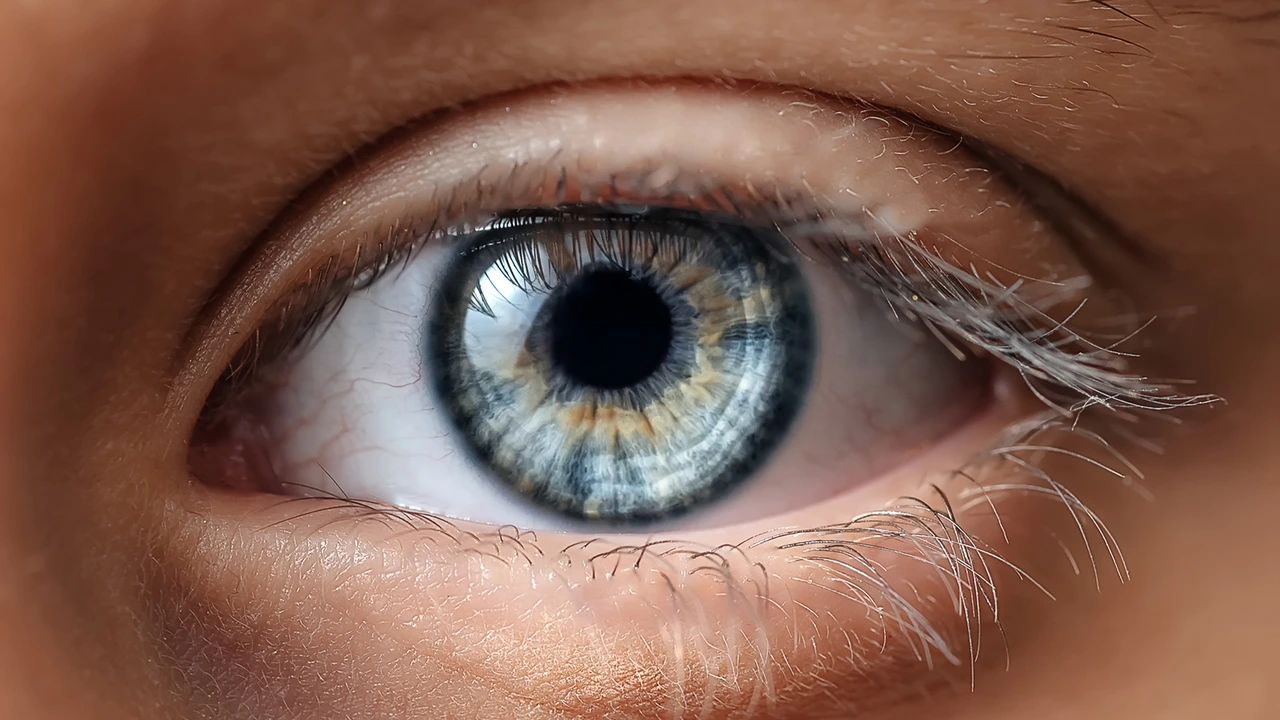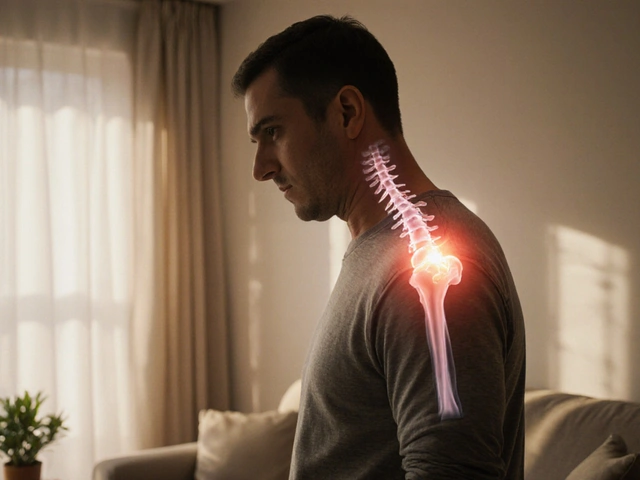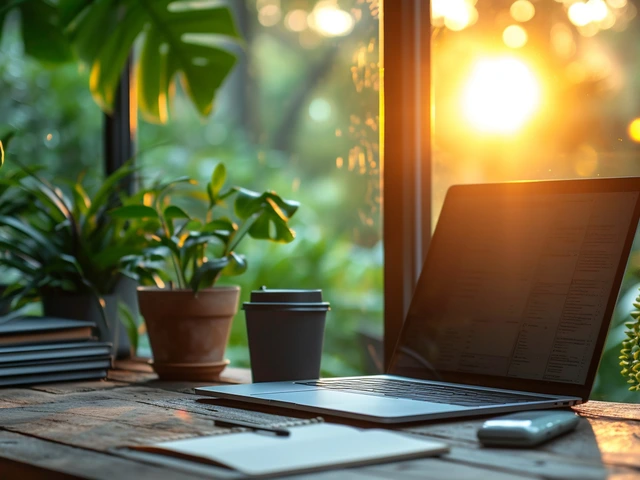Top Alternatives to ZipHealth.co in 2025: A Closer Look
January 28 2025Glaucoma Management Made Simple
If you or someone you know has been diagnosed with glaucoma, the first thing to remember is that it’s manageable. The goal is to keep eye pressure low enough to protect your vision. Below are practical steps you can start using right away.
Medication Basics You Can Trust
The backbone of glaucoma care is eye‑drop medication. Most drops work by either reducing fluid production or helping fluid drain faster. Common names you’ll see on prescriptions include latanoprost, timolol, and brimonidine. Use the dropper exactly as your doctor says—usually one drop in each eye at the same time of day. Missing doses can let pressure creep up, so set a daily reminder on your phone.
Side effects are usually mild: a brief stinging sensation or a slightly darker eyelash color. If you notice persistent redness, pain, or vision changes, call your doctor right away. Switching drops is possible, but never do it without professional guidance.
Beyond Drops: Lifestyle Tweaks That Help
While medication does the heavy lifting, everyday habits can support lower eye pressure. Regular aerobic exercise—like brisk walking or swimming—helps improve blood flow to your eyes. Aim for 30 minutes most days, but avoid activities that involve holding your breath, such as heavy weightlifting.
Watch what you drink, too. Caffeine can raise intra‑ocular pressure temporarily, so limit coffee and energy drinks if you’re sensitive. Staying hydrated is still important; just sip water throughout the day instead of chugging large amounts at once.
A balanced diet rich in leafy greens, carrots, and omega‑3 fatty acids gives your eyes essential nutrients. Some studies link low‑salt diets to better fluid balance, which may indirectly benefit eye pressure.
Monitoring Your Progress
Regular check‑ups are non‑negotiable. An eye doctor will measure your pressure with a tonometer and look for optic nerve damage using imaging tools. Most patients need visits every three to six months, but if you notice any sudden vision changes, book an appointment sooner.
Consider keeping a simple log: note the date you use drops, any side effects, and how your eyes feel. Over time this record can help spot patterns and guide adjustments in treatment.
When Surgery Becomes an Option
If eye drops don’t keep pressure under control, doctors may suggest laser or micro‑invasive surgery. Procedures like trabeculoplasty use a laser to improve fluid drainage, while minimally invasive glaucoma surgeries (MIGS) create tiny new pathways. Recovery is usually quick, and many patients see a big drop in medication needs afterward.
Talk openly with your surgeon about risks and expected outcomes. Most people experience only mild discomfort and can resume normal activities within a few days.
Staying Positive
Living with glaucoma is a marathon, not a sprint. Staying consistent with meds, exercising, and keeping up appointments goes a long way toward preserving your sight. Remember, millions manage glaucoma successfully every day—so can you.
 8 Nov
8 Nov
Latanoprost and Eye Makeup: Tips for Glaucoma Patients
Hey there! I've got some valuable insights to share today about your eye health, specifically for those handling glaucoma. We will be discussing Latanoprost - a key medication in glaucoma management, and how you can safely use eye makeup alongside it. I know it might seem a little tricky, but don’t worry, I’ll be here guiding you through. We'll also explore some tips that make this process easier. Stay tuned for these handy tips!
Read More...



